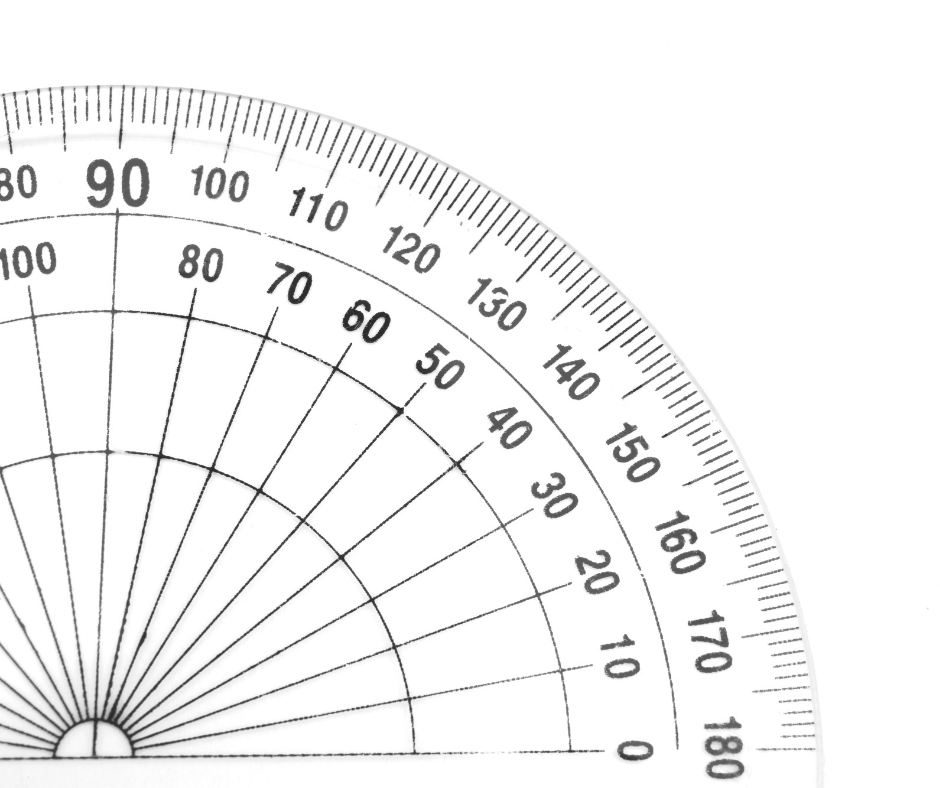Should you use a collar or a harness on your dog when out walking?
A Collar or A Harness? Let the research help you decide!
Some common questions I get asked are “what should I walk my dog on to stop them pulling” or “what should I use on my dog to give me more control on walks” or for puppies “what is best to walk them on”?.
Firstly, before I go into what I recommend and why, equipment only gives you more control when walking your dog for your own and your dog’s safety. No equipment magically stops the pulling, only training does that. If something does magically stop your dog pulling chances are its because the equipment is causing discomfort. When that piece of equipment is taken off your dog will likely start pulling again because they haven’t actually learnt how to walk nicely for you, they have learnt to avoid the discomfort when that piece of equipment is on.
So what do I recommend?…
Typically, I will always recommend a dog to be walked on a y-shaped harness if they pull or lunge on the lead. This is to give you more control but most importantly its to protect your dog’s neck and here is why..
As with humans, a dog's neck is a sensitive area containing a whole series of vital muscles and organs, including; the trachea (windpipe for breathing!), Larynx (voice box), oesophagus (food pipe), Lymph nodes (vital part of their immune system) and veins and arteries for that all important blood supply. So knowing this, should we be allowing dogs to apply pressure onto these vital systems when it can be avoided?
Before we make a decsion lets look at some research that has been conducted around this area…
Last year (2020) a new research paper had been published in the Veterinary Record Journal by Carter and colleagues (full reference at the bottom) which found that; no single collar, that they tested, can provide a low enough pressure to not cause injury if your dog pulls or receives lead jerks either by you or by them, lunging.
Of course, the impact of the collar will be influenced by the dog’s behaviour and the force the handler uses when handling the lead.
Lead jerks are sometimes recommended (not by me) as a form of training method to stop dogs pulling but can also occur when a dog’s lead comes to an abrupt stop (usually seen on extendable/retractable leads) or when a dog lunges forward at something.
The force created by a lead jerk is different to when a dog is pulling. Carter and Colleagues researched the different lead pressures and aimed to look at how lead pressure differs with different collars and how the force influenced by the handler changes this pressure. They used a model neck to investigate these pressures for ethical and welfare reasons. Their aim was to mimic interactions with a medium/large dog.
7 different collars and a slip lead was tested. The collars differed in their width on the neck, the thickness and materials but they all were fitted the same (two fingers could be fit under the collar). Each collar type underwent three different types of force applied to the neck model. These were to mimic a dog pulling lightly, a dog pulling strongly and a sharp jerk.
The pressures recorded by all the collars during all the different types of force had the potential to cause injury. The pressure was much higher than values known to cause tissue damage and tissue death in humans (a pressure of 4.3 kPa). The lowest pressure recorded was a whopping 83kPa. Therefore, the risk of a collar causing injury is arguably high.
However, before this convinces you that collars are not ideal if your dog pulls, there was some limitations to the study. For instance, they used a model neck which doesn’t account for individual differences amongst different breeds and they only looked at short term pressure rather than over the length of a walk. They also only tested 7 different types of collars and arguably there is plenty more options than those 7 but testing them all would certainly be a big task!
The conclusions proposed by the research is that collars used on dogs that pull or where lead jerks occur (intentionally or unintentionally) likely put the dog at risk of injury. However, more research is required to confirm this and more “real world” research would make the results more applicable.
Harnessess vs Collars
This then leads me on to another study by Pauli and colleagues in 2006 who looked at how collars and harness affected fluid pressure inside the dog’s eye (Intraocular pressure). Vets were often recommending a harness after a dog had eye surgery or if they have problems with their eyes but this was simply based of anecdotal evidence that harnesses would relieve pressure. Pauli and colleagues wanted to investigate whether this advice was indeed the correct advice. They found that collars caused a significant increase to the dog’s intraocular pressure but harnesses didn’t. This experiment was tested on real dogs and on a small variety of breeds. Based on the results of this study, the authors recommended that dogs with weak or thin corneas, glaucoma, or conditions for which an increase in intraocular pressure could be harmful should wear a harness instead of a collar, especially during exercise or activity.
So those two bits of research demonstrate quite clearly that if your dog pulls or lunges they ideally shouldn’t be walked on a collar due to the health risks and instead should be fitted with a comfortable, well fitting harness.
Effects on Behaviour
Now as a trainer and behaviourist I am of course interested in how a collar or a harness influences a dog’s behaviour. So far this is an area that has had very little research but Graninger and colleagues in 2016 did look at whether being walked on a collar or harness affected the dog’s behaviour by observing 30 dogs walking on a collar and then on a harness (or vica versa) and noted down any behaviour signs of stress. They found no difference in the dogs behaviour that could indicate the dogs were stressed by the walking equipment they were using.
So as it stands currently, there is no evidence to suggest that walking your dog on a collar or a harness causes stress which could then cause behaviour problems.
The research I have discussed so far is doing a good job of saying harnesses are better for health reasons but the impact of harnesses on a dog’s health is an area that also needs more research because as it stands we don’t know for sure how a harness may affect a dog’s health.
Harnesses
To give you an idea of what a restriction of 8 degrees looks like (less than between 0 and 10 in the picture). Just in case you are concerned or would like it putting in perspective. Doesn’t seem like a lot but we don’t know the long term effects of this.
Lafuente and colleagues in 2018 did look at how restrictive harnesses are to the dog’s front leg motions. They looked at two types of harnesses that were labelled as restrictive (T shaped at the front) and non-restrictive harnesses (y-shaped at the front). They actually found that both harnesses did in fact restrict the movement of the dog’s forelimb. Although, they only tested this on 9 dogs and the harnesses restricted the dogs movement by an 8 degree angle on average but they don’t know what this means in terms of how it may effect the joint. Therefore, more research is now needed to look at a wider variety of harnesses and also the impact this restrictiveness could have if a harness is used long term. Testing on more dogs would also be required to make the results applicable.
My Conclusion
Looking at the available research and using common sense I think it is clear that pulling, lunging and jerking on a collar should absolutely be avoided. If your dog shows any of these behaviours you should look at getting a y shaped, well fitting harness.
Lead jerks on flat collars or the use of choke chains, slip leads and martingale collars work off the principal of applying something a dog is likely to not like (the neck being constricted) when it is being used to stop a dog from pulling or to correct lunging behaviour. This is not a technique I would recommend. Not only because it doesn’t suit my ethics but also because the risk of damage to the dog’s vital organs is quite clear from the research and isn’t a necessary risk to take.
Before I recommend an owner any piece of equipment for their dog I will consider the individual dog’s behaviour and physical structure. Some breeds are built a certain way that means they need a certain structure of collar or harness to prevent them from escaping. I will also consider what equipment I feel the owner will feel most in control using so they can confidently walk their dog. Most owners do no want to conflict pain on their dogs and are often very relieved when I recommend a harness because their dog is pulling so hard it is making them choke and cough.
Please do not think that I am against dogs wearing collars full stop as I am not and they should actually be used by law to hold the dog’s identification details. My own dog is walked on a collar the majority of the time because he doesn’t pull and spends most of his walk off lead. However, if I was to go somewhere new and exciting where there is a chance he might pull initially then I will walk him on his harness until he has relaxed into the environment.
Remember only training will teach a dog not to pull or lunge, not the equipment. Make your choice of equipment based on keeping yourself safe but also protecting your dog’s health and well being.
Here is a list of research that has been referenced within this blog if you would like to read up on this topic further.
References
Carter, A., Mcnally, D. and Roshier, A. (2020) Canine collars: an investigation of collar type and the forces applied to a simulated neck model. Veterinary Record.
Grainger, J., Alison, P., Wills, V. and Montrose, T. (2016) The behavioral effects of walking on a collar and harness in domestic dogs (Canis familiaris). Journal of Veterinary Behavior. 14, 60-64
Lafuente, M. P., Provis, L. and Schmalz, E. A. (2018) Effects of restrictive and nonrestrictive harnesses on shoulder extension in dogs at walk and trot. Veterinary Record.



